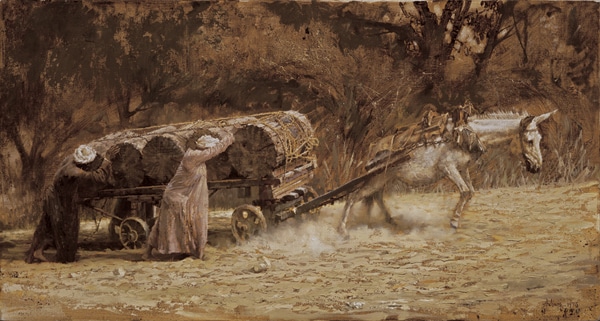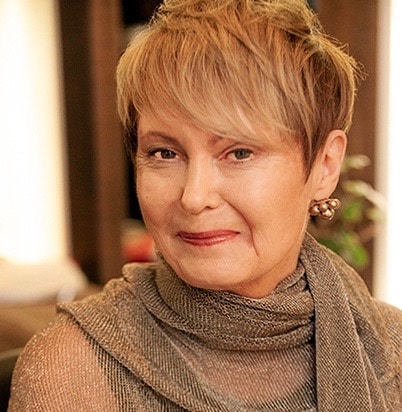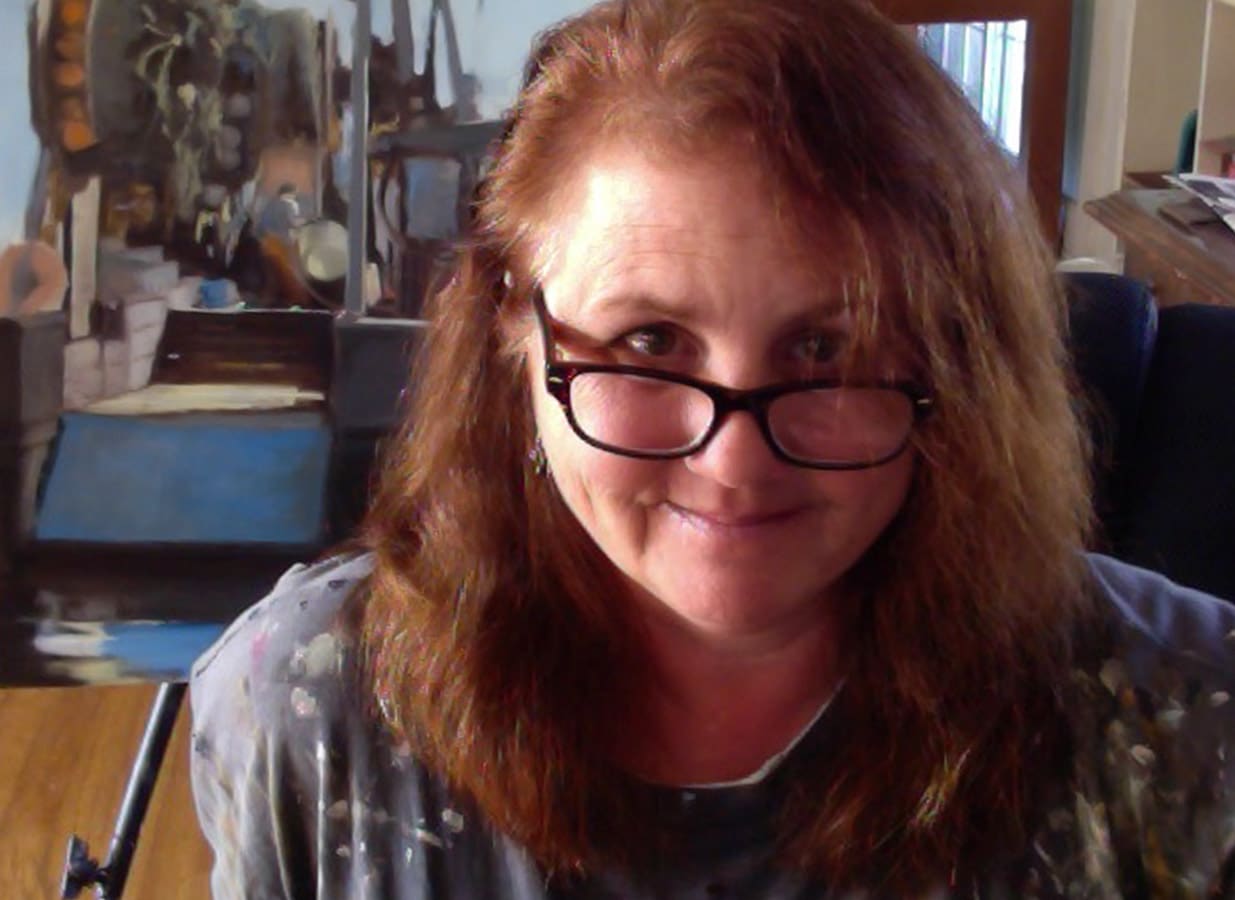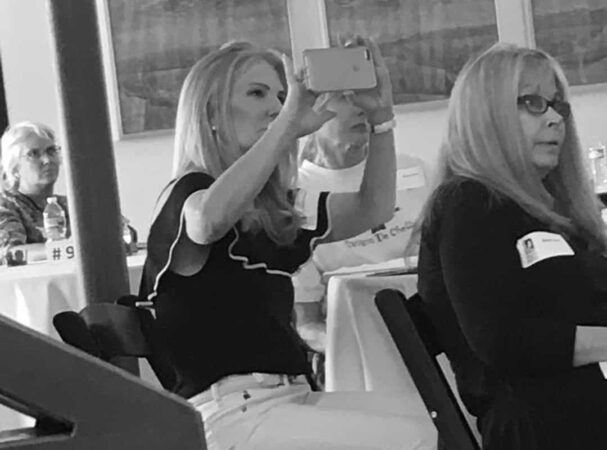Maura Kehoe Collins is an art collections manager and the founding director of Artiphile, an independent art advisory which provides museum-standard services for care and maintenance of private collections. Maura assists artists, private collectors, foundations, estates, and corporations in inventory, assessment, and administration to address the physical and practical needs of a private collection. Topics include:
Artiphile Services:
- What is art collections management?
- “Museums have many departments that are caring for their collections, conservators, registrars, curators, even the maintenance staff you know a whole lot of folks working in an art museum. I try to bring all of those functions into my advisory and provide those services to my client.”
- “Most private art collectors don’t have the information to properly steward a collection.”
- “It’s a special collector that wants to hire and pay someone to do the inventory, do a condition survey, rather than just calling in a conservator to fix a broken thing that they are aware of.”
- Services offered to prevent benign neglect
Collectors as Stewards:
- “I saw a need for the private collector to care for their works of art more to a museum standard and to recognize their role as stewards – as the temporary custodians to these works of art that should go on and outlive them.”
- “Certainly, a collector’s nature is going to want to buy and collect more and acquire.”
- “It’s not always so much fun to find out that this painting needs $20,000 worth of conservation work immediately just to stop this progressive problem, or just to make it safe for travel because you want to lend it or something.”
Documentation & Inventory:
- Inventory horror stories
- Importance of UCC Forms
- What should artist be documenting?
- “Documentation is a very important part of the object and the care of collections.”
- “I can’t help anybody or do anything until I have a very clear and accurate kind of accounting of what is there, where is it, and what its condition is, and try to get a handle on that inventory. I consider that the keystone function.”
- For artists: “Be really careful and very detailed about what paper, what materials were used to make this work of art because that information stays with the object. Goes on the bill of sale, it gets into the hand of the collector and then it could get into the hand of the conservator if it should come to that at some point in time. We all know some of the new materials aren’t as stable as older, just oil on canvas there’s been some issues with new materials so the more the conservator can know the better the outcome.”
Reframing:
- “A lot of the framing materials of earlier days were not acid free, so this causes an acidic environment. Then, you have this acid migration that can go from these backboards, the matting and all of this stuff through to the work of art the paper itself. You see discoloration or spots and things start to happen, especially in combination with heat, humidity, and light.”
- “If I could do one thing, I would see that the collectors understood that people who were selling works of art should put on the frame, ‘This frame is temporary.’ Or ‘We don’t know the materials of this frame; please check with your conservation framer that it is sufficient.'”
- “It’s still a great work of art I’m sure with everything you’ve bought, but the frame might not be what you think it is.”







